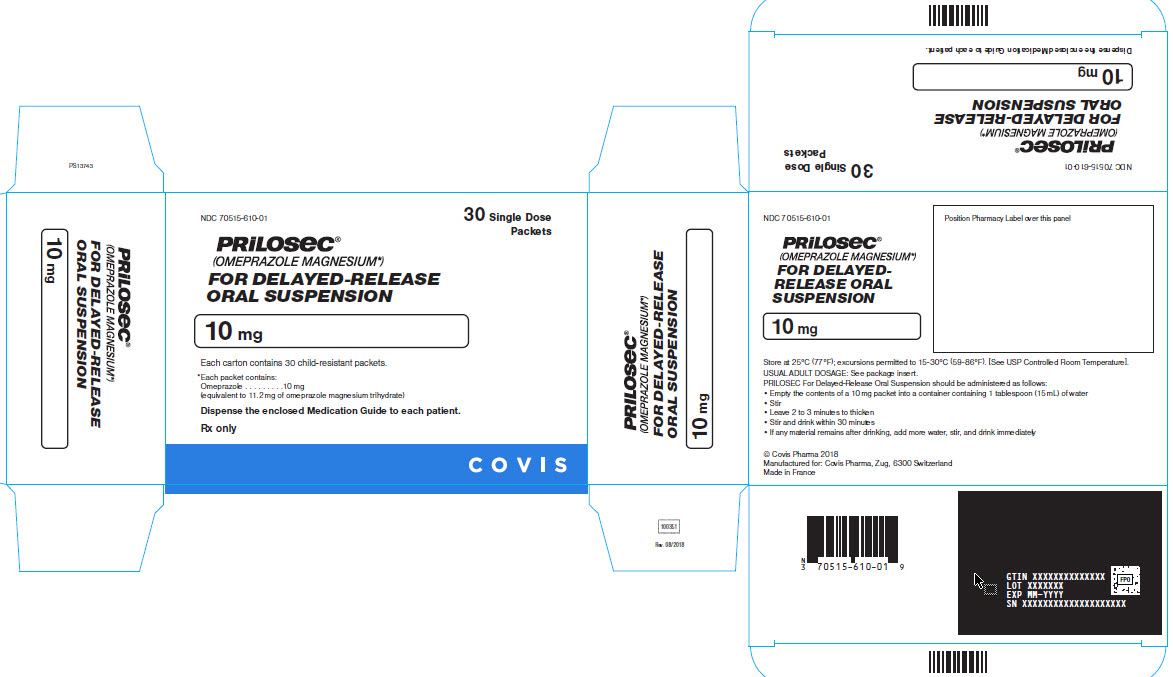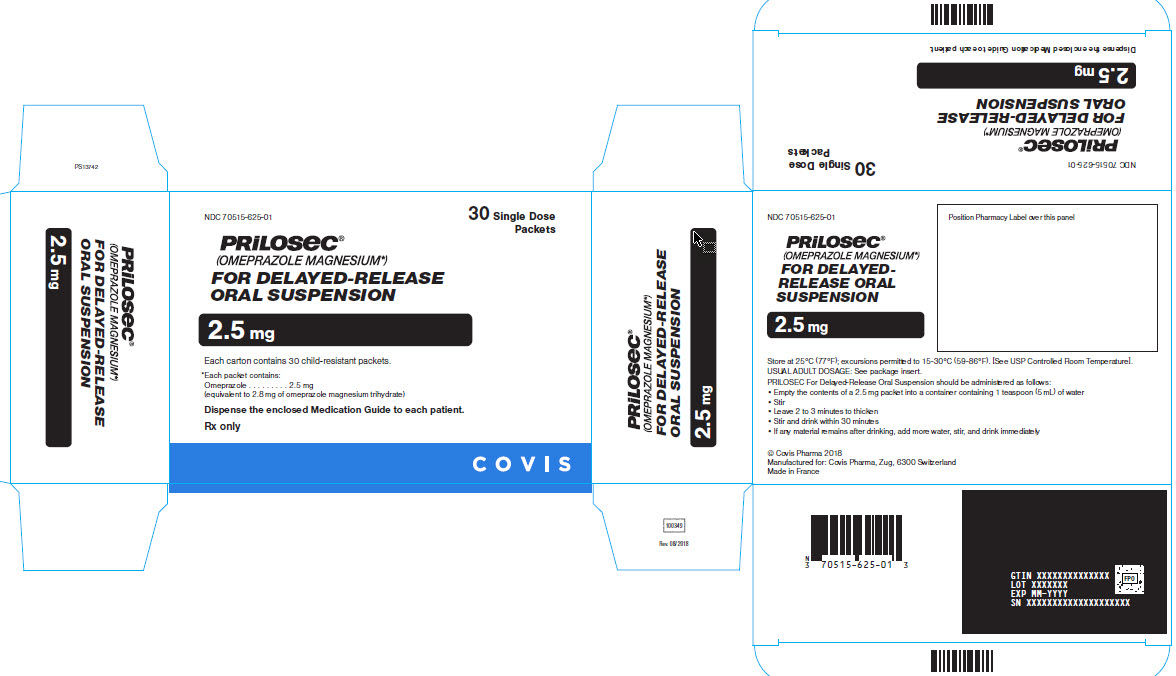It is recommended to breastfeed exclusively for six months and then while introducing to other food sources extend it to twelve months. In this duration most mothers will need help of some sort of medication, It could be for short term like could and flue or it could be something chronic like Arthritis or Diabetes and here comes the question of safety of medication in use. In this post we will figure out what is Prilosec | Omeprazole Magnesium Granule, Delayed Release and whether its safe to use Prilosec | Omeprazole Magnesium Granule, Delayed Release while nursing or not.
What is Prilosec | Omeprazole Magnesium Granule, Delayed Release used for?
PRILOSEC is a proton pump inhibitor (PPI) indicated for the: •Treatment of active duodenal ulcer in adults (1.1) •Eradication of Helicobacter pylori to reduce the risk of duodenal ulcer recurrence in adults (1.2) •Treatment of active benign gastric ulcer in adults (1.3) •Treatment of symptomatic gastroesophageal reflux disease (GERD) in patients 1 year of age and older (1.4) •Treatment of erosive esophagitis (EE) due to acid-mediated GERD in patients 1 month of age and older (1.5) •Maintenance of healing of EE due to acid-mediated GERD in patients 1 year of age and older (1.6) •Pathologic hypersecretory conditions in adults (1.7) 1.1 Treatment of Active Duodenal Ulcer PRILOSEC is indicated for short-term treatment of active duodenal ulcer in adults. Most patients heal within four weeks. Some patients may require an additional four weeks of therapy. 1.2 Helicobacter pylori Eradication to Reduce the Risk of Duodenal Ulcer Recurrence Eradication of H. pylori has been shown to reduce the risk of duodenal ulcer recurrence. Triple Therapy PRILOSEC in combination with clarithromycin and amoxicillin, is indicated for treatment of patients with H. pylori infection and duodenal ulcer disease (active or up to 1-year history) to eradicate H. pylori in adults. Dual Therapy PRILOSEC in combination with clarithromycin is indicated for treatment of patients with H. pylori infection and duodenal ulcer disease to eradicate H. pylori in adults. Among patients who fail therapy, PRILOSEC with clarithromycin is more likely to be associated with the development of clarithromycin resistance as compared with triple therapy. In patients who fail therapy, susceptibility testing should be done. If resistance to clarithromycin is demonstrated or susceptibility testing is not possible, alternative antimicrobial therapy should be instituted [see Clinical Pharmacology (12.4) and the clarithromycin prescribing information, Microbiology section]. 1.3 Treatment of Active Benign Gastric Ulcer PRILOSEC is indicated for short-term treatment (4 to 8 weeks) of active benign gastric ulcer in adults. 1.4 Treatment of Symptomatic Gastroesophageal Reflux Disease (GERD) PRILOSEC is indicated for the treatment of heartburn and other symptoms associated with GERD for up to 4 weeks in patients 1 year of age and older. 1.5 Treatment of Erosive Esophagitis (EE) Due to Acid-Mediated GERD Pediatric Patients 1 Year of Age to Adults PRILOSEC is indicated for the short-term treatment (4 to 8 weeks) of EE due to acid-mediated GERD that has been diagnosed by endoscopy in patients 1 year of age and older. The efficacy of PRILOSEC used for longer than 8 weeks in patients with EE has not been established. If a patient does not respond to 8 weeks of treatment, an additional 4 weeks of treatment may be given. If there is recurrence of EE or GERD symptoms (e.g., heartburn), additional 4 to 8 week courses of PRILOSEC may be considered. Pediatric Patients 1 Month to Less than 1 Year of Age PRILOSEC is indicated for the short-term treatment (up to 6 weeks) of EE due to acid-mediated GERD in pediatric patients 1 month to less than 1 year of age. 1.6 Maintenance of Healing of EE Due to Acid-Mediated GERD PRILOSEC is indicated for the maintenance healing of EE due to acid-mediated GERD in patients 1 year of age and older. Controlled studies do not extend beyond 12 months. 1.7 Pathological Hypersecretory Conditions PRILOSEC is indicated for the long-term treatment of pathological hypersecretory conditions (e.g., Zollinger-Ellison syndrome, multiple endocrine adenomas and systemic mastocytosis) in adults.
Is Prilosec | Omeprazole Magnesium Granule, Delayed Release safe to use while breastfeeding? Can it interfere with growth and development of my kid?
As per our analysis Prilosec | Omeprazole Magnesium Granule, Delayed Release contains only one ingredient and that is Omeprazole. We have analyzed Omeprazole and it seems to be safe to use Omeprazole while breastfeeding, that means usage of Prilosec | Omeprazole Magnesium Granule, Delayed Release shall be safe while breastfeeding. Below you can check more details of Omeprazole usage in breastfeeding. We recommend you to go through provided detailed analysis as below take decision accordingly.
Prilosec | Omeprazole Magnesium Granule, Delayed Release Breastfeeding Analsys
SafeCAS Number: 73590-58-6
High plasma protein binding makes excretion into breast milk to be insignificant. No side effects were observed in breastfed infants of treated mothers. Shown to be labile in acid-pH environment must be administered in the form of micro-granules within an enteric-coated capsule. Any small quantity reaching the infant's stomach would be readily inactivated. Hyperprolactinemia and Galactorrhea have been reported.
Prilosec | Omeprazole Magnesium Granule, Delayed Release Breastfeeding Analsys - 2
CAS Number: 73590-58-6
Limited information indicates that maternal omeprazole doses of 20 mg daily produce low levels in milk and would not be expected to cause any adverse effects in breastfed infants.

What if I already have used Prilosec | Omeprazole Magnesium Granule, Delayed Release?
It is always a good idea to keep your healthcare provider or doctor informed about your drug usage during pregnancy and breastfeeding but if you have not informed your doctor about Prilosec | Omeprazole Magnesium Granule, Delayed Release and have used it then do not panic as Prilosec | Omeprazole Magnesium Granule, Delayed Release is mostly safe in breastfeeding and should not cause any harm to your baby.
My health care provider has asked me to use Prilosec | Omeprazole Magnesium Granule, Delayed Release, what to do?
Usage of Prilosec | Omeprazole Magnesium Granule, Delayed Release is safe for nursing mothers and baby, No worries.
If I am using Prilosec | Omeprazole Magnesium Granule, Delayed Release, will my baby need extra monitoring?
No
Who can I talk to if I have questions about usage of Prilosec | Omeprazole Magnesium Granule, Delayed Release in breastfeeding?
US
National Womens Health and Breastfeeding Helpline: 800-994-9662 (TDD 888-220-5446) 9 a.m. and 6 p.m. ET, Monday through Friday
UK
National Breastfeeding Helpline: 0300-100-0212 9.30am to 9.30pm, daily
Association of Breastfeeding Mothers: 0300-330-5453
La Leche League: 0345-120-2918
The Breastfeeding Network supporter line in Bengali and Sylheti: 0300-456-2421
National Childbirth Trust (NCT): 0300-330-0700
Australia
National Breastfeeding Helpline: 1800-686-268 24 hours a day, 7 days a week
Canada
Telehealth Ontario for breastfeeding: 1-866-797-0000 24 hours a day, 7 days a week



